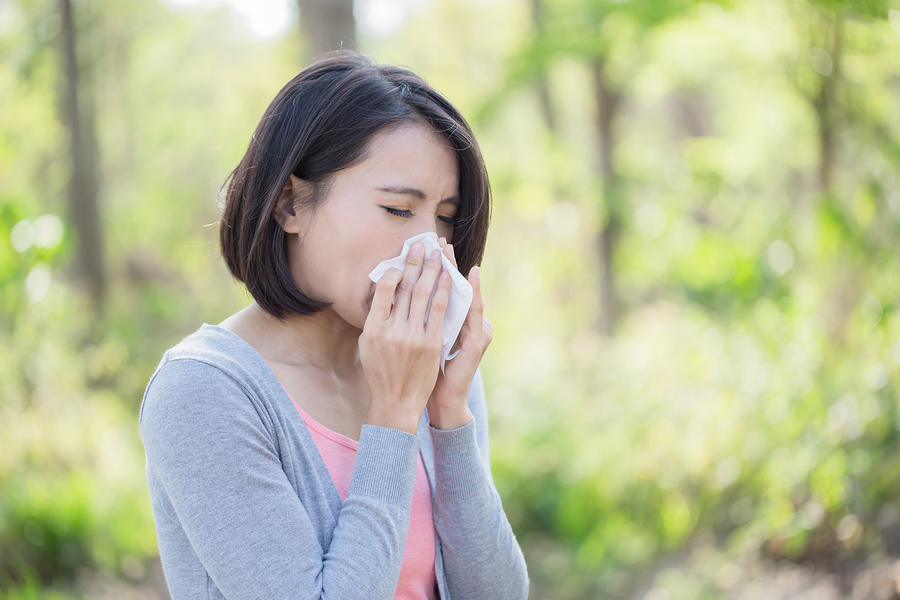6 Tips to Fight Fall Allergies

By Ron Parker, P.A.
Hello everyone. Can you believe summer is over? It’s still hot! This is the start of Fall Pollen Season. Mostly weeds pollinate in the fall. Ragweed and other weeds have already started pollinating in late July. Most people call this Ragweed Season. However, ragweed is not the only weed pollinating in the fall. We also commonly see pollen from sage, aster, amaranth, sedge, plantain, sheep sorrel, cattail and nettle. So these days we call fall the Fall Pollen Season.
Symptoms of Fall Pollen
No matter what you call it, lots of pollen is produced by these plants and it is very offensive to the immune system causing fall pollinosis or hay fever. This causes inflammation of the nasal mucosa resulting in sneezing, runny nose, nasal congestion, post nasal drainage (down the back of the throat), cough, sore throat, and red, itchy, watery eyes. Fall pollens also cause more serious problems like asthma, eczema and fatigue. If you are having some of these symptoms, you do not have to put up with them. Frequently, dietary changes and environmental controls are enough to control symptoms.
6 Tips to Fight Fall Seasonal Allergies
- Avoid milk, melons and bananas in the fall. These foods are concomitant with ragweed pollen, and if eaten in the fall, will make your allergy symptoms worse.
- When the weather starts to cool down, everyone wants to go outdoors. If you are having allergy symptoms, spending more time outdoors will only make things worse. Try to limit your time outdoors. If you do go out, late afternoon is best as the pollen counts are highest mid-morning.
- Paper masks are helpful, but do not filter all the air and you will still get some exposure through and around the edges of the mask, but the masks are helpful.
- Airing out your house is not recommended because the pollen will come right in and can cause big allergy problems. If you do air out the house, be sure to change the HVAC filter when you are finished.
- Pets bring in pollen on their fur. Be sure to wipe them down with a damp cloth when they come indoors. This will decrease your pollen exposure, and the pets like it, too.
- Remember to take Vitamin C daily for prevention of your symptoms. You may have to increase your normal dose – check with your doctor. Quercetin is also helpful and can be taken with vitamin C. Both of these natural antihistamines will help block adverse effects of fall pollenosis.
We Can Help
If you are still having allergy symptoms after trying these environmental and dietary changes, come see us. At Hotze Health & Wellness Center, we have a comprehensive allergy program to treat the symptoms of hay fever without the use of pharmaceutical drugs so you can have a better quality of life. Over-the-counter antihistamines and decongestants usually only give a few hours of relief and you are right back to square one. It can make you miserable.
Allergy Drops
We treat allergy symptoms with sublingual immunotherapy, or allergy drops under the tongue. It’s painless, it works just as good as allergy shots, and you do it at home. You don’t have to go to the doctor every week to get painful allergy shots. Allergy drops are not a quick fix, but given some time they relieve 70% of the symptoms for the average person. Don’t wait for your symptoms to get worse. Come in now and get your treatment started.
Treatment lasts 3-5 years and then if you are doing well, the frequency of doses is decreased to 1-2 doses a week to maintain control. The cure rate is low, but the response rate is high and about 90% of people who take the treatment see improvement.
Complimentary Wellness Consultation
Are you ready to get control of your allergies? Contact our Wellness Consultants today for a complimentary wellness consultation at 281-698-8698. It would be our privilege to serve you!
